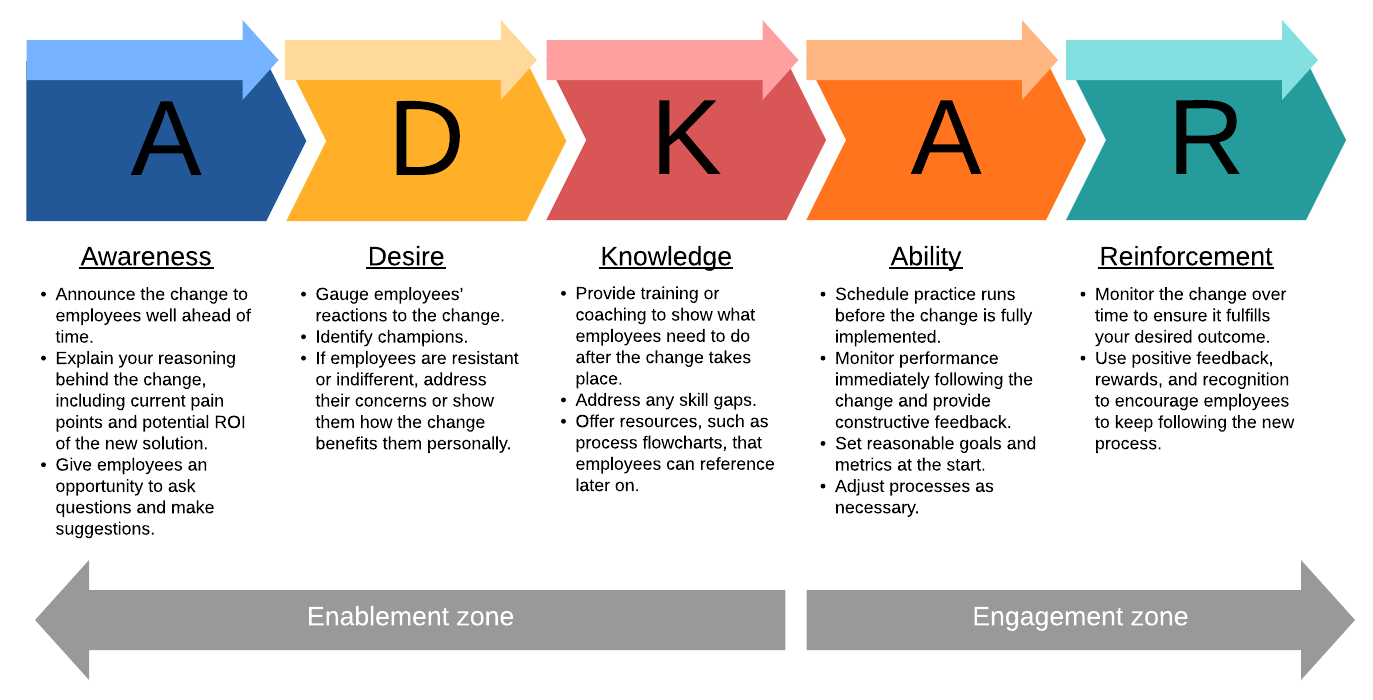Why the people who champion integrated business planning need all the help they can get
If you’ve read anything that we at Fidenda have written, you’ll know that we believe in the power of integrated business planning (IBP): to accelerate planning processes, connect silos, accurately predict outcomes, and ultimately, help complex businesses make much better decisions.
You might also know that very few organisations are there yet. IBP is still an evolving discipline, and hasn’t become common practice across the board. For now, IBP adoption still relies on switched-on people who are recognising that planning processes are going awry, who see that wires are getting crossed in their company’s operations, and who get frustrated with the waste, inefficiencies and lost opportunities this creates (Our MD Tristan has written about silos in a recent post). In short, for now, IBP adoption is in the hands of someone who thinks of business value beyond departmental KPIs, who knows that there must a better way to do planning these days – and goes off on a quest to make it happen.
IBP champions need help engineering change
I know because I’ve been there in my previous role, and because I’ve repeatedly seen it with our clients here at Fidenda, too. These people haven’t got “Head of IBP” in their job title (it’d be easier if they did!). Instead, they’re found in Supply Chain, Finance, in HR…anywhere that people work hard to figure out what they might need tomorrow, and recognise that they don’t quite see the complete picture.

My journey to IBP is probably quite similar to that of many people in complex organisations. When I first started in my previous role in Finance, I didn’t quite recognise the need or purpose for connected planning. I worked with someone who tried to integrate planning across departments – but it wasn’t until I went on to work on a project that was more Warehousing than Finance, that I saw planning from a different perspective. It took this immersion into another department’s point of view to help me see the constraints and advantages of both two worlds and appreciate what each side brings to the table. And that’s when I realised they needed to talk to each other more.
But the realisation that planning should be unified is only the beginning. Instigating change in a complex organisation is hard, and it won’t happen overnight.
You may have seen the ADKAR model for change management (see below). Without wanting to go into it in too much detail: it’s a useful tool to build awareness of the steps necessary to effect change in an organisation (other frameworks are available).

IBP can only work if different departments and functions come on board, and see the benefits. So if you’re trying to pioneer IBP in your business, remember two things: one, that IBP is a long-term initiative; two, don’t be afraid to ask for help. Here are some areas that you might need support in:
Getting buy-in
As a general rule, organisational change doesn’t happen unless someone with seniority and clout sees the value in it. You’ll need to find a champion – ideally someone who leads a key function, has a transformation vision, and knows how to get some budget – and make a persuasive business case to them. That usually means proposing a pilot project that will demonstrate the potential of IBP for the business.
We’ve learned:
- Finding the right initial project is half the battle. I’ll talk more about identifying a good one below.
- Look for a champion with ambition, not someone stuck in departmental thinking.
- Show them the prize to be won: frame it in terms of missed business opportunities rather than incremental improvement. That’s because IBP isn’t about small gains, but about transforming business processes in the long term (and small gains might be considered a nice-to-have rather than a business necessity – they probably won’t win you the necessary support).
Getting the technology basics in place
IBP as a discipline requires a system that allows departments to collaborate on the same, reliable (ideally real-time) data. This means two things:
You need a robust IBP system:
- i.e. a flexible and scalable tool that safely integrates with other platforms that are central to your operations (e.g. SAP, Workday, Salesforce, BlueYonder).
- It needs to be sophisticated enough to do department-specific things at a granular level (such as reviewing forecasts at a SKU and week level rather than monthly and division summaries). If it doesn’t support their specialism, your users won’t adopt it; if it only supports one department (such as Finance), IBP won’t happen.
- It also needs to provide a high-level view that can help your business users see the bigger picture and make decisions based on that.
You might know that at Fidenda, we’re believers in Anaplan – but the above principles are universal.
Data prep might require additional tools:
In most organisations, departments work across different platforms, and data relevant to planning lives in different apps. Making this data usable across the board may require data cleanup and adjacent tech (such as e.g. Alteryx or Databricks).
Engineering change
Organisational inertia is real. Getting a large, mature organisation to change the way they do things isn’t just a matter of technology. It requires awareness, a willingness to change, and a belief in better outcomes. In practice this means:
- New processes: Departments working to the same timelines, and holding joint planning meetings. This might mean a shift in responsibilities and new organisational RACI models.
- New skills and change management: Training people on the new tools, but most importantly, getting them to understand why IBP is a better approach to planning for the organisation.
- New metrics: Aligning on metrics that work for the entire organisation rather than one department. In the past, when fewer data points were available, organisations often had to work with proxies, e.g. clicks standing in as a measure for the success of a marketing campaign (I’ll write more about this soon).Many of these old metrics can – and should be – overhauled today to achieve cross-department alignment.
So where should you start?
I’d be lying if I said that adopting IBP will be easy. But it’s worth it, too. And you don’t have to go it alone. Fidenda ultimately exists to support the people taking on the job of making IBP happen, who often do this voluntarily, on top of their day jobs. We know that they need all the help they can get.
So where’s a good place to start? As is said above, I recommend starting with a strong pilot project that has value to the business, and therefore the power to convince key people that IBP is worth it – and that’s realistically achievable in a relatively short time. For fans of visuals, this illustration might help:

Figure 1 – The best pilot projects are high value but low complexity – don’t try to do too much at first. And keep away from the grey areas – they’re for tackling further down the line
Your company’s general culture will give you a good steer: if the business is comfortable with “fail fast” then absolutely go for something more challenging that adds value; if the business is more cautious and demands consistent ROI, then growing into the roadmap (and starting with an enablement project that sets you up for the next step) might be a better approach.
And finally: if you’re in a position where you’re frustrated with the way that planning currently happens in your organisation, don’t be daunted: there’s a better way of doing it, and take it from somebody who’s been there: it’s achievable. At Fidenda, we’ve helped dozens of businesses adopt better planning processes. We can help with all of the challenges mentioned above, and a few more. So if you’re ready, we’d love to have a chat [link to get in touch]. If you’re still getting your head around IBP, do explore our website. This blog post is a good start.

